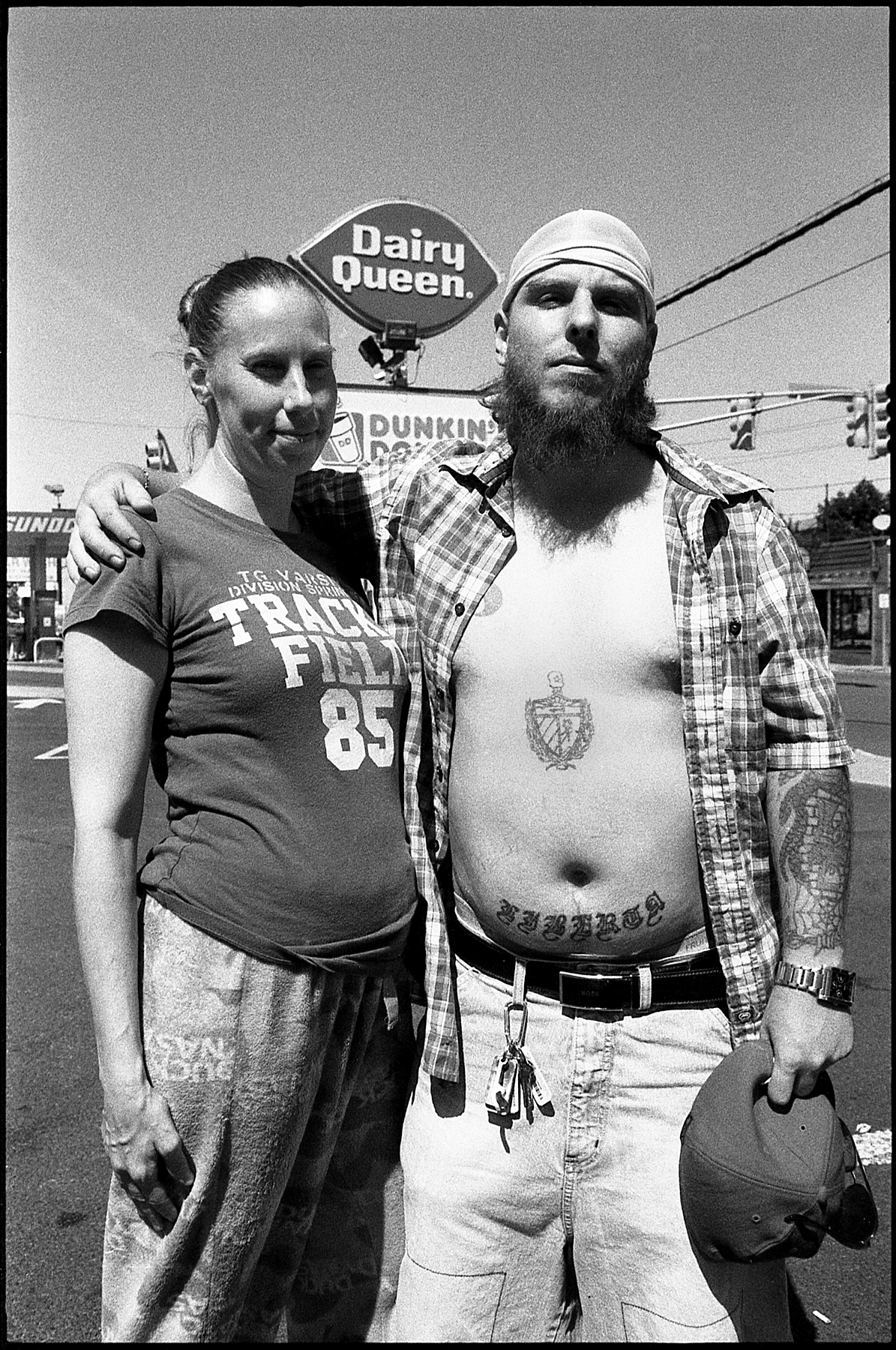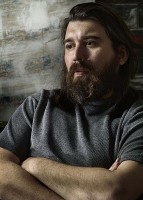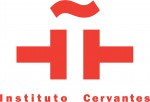 The Cuban-Americans, a solo photo exhibit by Geandy Pavón, one of the most critically acclaimed Cuban-American artists of his generation, opens a month-long program of Cuban culture events at Manhattan’s Cervantes Institute. For this series, Pavón follows in the tradition of Robert Frank, whose seminal book, The Americans, unveiled a more nuanced and certainly less congratulatory view of American society.
The Cuban-Americans, a solo photo exhibit by Geandy Pavón, one of the most critically acclaimed Cuban-American artists of his generation, opens a month-long program of Cuban culture events at Manhattan’s Cervantes Institute. For this series, Pavón follows in the tradition of Robert Frank, whose seminal book, The Americans, unveiled a more nuanced and certainly less congratulatory view of American society.
For Pavón, “Cuban-Americans are ‘trapped’ by stereotypes. The photography series The Cuban-Americans takes off from a concept put forth by Cuban-American writer Gustavo Pérez Firmat:
a hyphen that both binds and sets apart—nominally and culturally—the Cuban and North American identities. This in-between realm, almost a no man’s land, creates a sort of atemporal existence and, hence, a strangeness, a complex, undefinable and anachronistic space, the key element in this series.”
The opening reception will feature a special commentary by the distinguished curator and art historian Alejandro Anreus. The exhibit will run from February 4th thru the 20th.
Born in 1974, Cuban painter and photographer Geandy Pavόn attended the Escuela de Arte
‘El Cucalambé’ in his native Las Tunas, and the Escuela Nacional de Artes in Havana . Pavón is an artist interested in the “conceptual aura” of ruins and decay, and in everyday practices of power display, ideas that he developed in his Empire and Wrinkle Portraits series. This latest work gained him critical acclaim, and was particularly praised by The New York Times art critic Holland Cotter. In his work, Pavón also deals with iconoclasm, totalitarianism, and ideology. Nemesis (2010-2012), one of his best known works, consisted of guerrilla projections of photographs of renowned dissidents and political prisoners on the facades of embassies and consulates in the U.S. and Europe (specifically, those representing the victims’ governments). Pavón’s work has been featured in individual and collective exhibits, such as Caribbean: Crossroads of the World, at the Harlem Studio Museum, and the X Files Biennale, at El Museo del Barrio. His work can be found in private and public collections in Mexico, Cuba and the United States. The artist has resided in the New York metropolitan area since 1996.
. Pavón is an artist interested in the “conceptual aura” of ruins and decay, and in everyday practices of power display, ideas that he developed in his Empire and Wrinkle Portraits series. This latest work gained him critical acclaim, and was particularly praised by The New York Times art critic Holland Cotter. In his work, Pavón also deals with iconoclasm, totalitarianism, and ideology. Nemesis (2010-2012), one of his best known works, consisted of guerrilla projections of photographs of renowned dissidents and political prisoners on the facades of embassies and consulates in the U.S. and Europe (specifically, those representing the victims’ governments). Pavón’s work has been featured in individual and collective exhibits, such as Caribbean: Crossroads of the World, at the Harlem Studio Museum, and the X Files Biennale, at El Museo del Barrio. His work can be found in private and public collections in Mexico, Cuba and the United States. The artist has resided in the New York metropolitan area since 1996.
Alejandro Anreus was born in Havana, Cuba. His family went into exile in 1970 when he was ten years old. He grew up in Elizabeth, New Jersey. Anreus received his BA in art history from Kean College, where he studied with the eminent social art historian Alan Wallach. He received his MA and PhD from the Graduate Center, CUN Y.
Y.
He was the curator at the Jersey City Museum from 1993-2001. Since September 2001 he has been professor of art history and Latin American/Latino Studies at William Paterson University. He is the author of Orozco in Gringoland, Ben Shahn and the Passion of Sacco and Vanzetti (both 2001), co-author and editor of The Social and The Real (2006), Mexican Muralism. A Critical History (2012), and the recent monograph of the A Ver series Luis Cruz Azaceta (2014). His current research project focuses on the artists, critics and exhibitions in the city of Havana during the 1940s. His articles and essays have appeared in Art Journal, Third Text, Encuentro de la cultura cubana, Commonweal and Art Nexus. He has written and lectured on Cuban and Cuban American artists such as Roberto Estopiñán, Rafael Soriano, Carmen Herrera, Guido Llinás, Antonia Eiriz, Luis Cruz Azaceta, María Brito, Arturo Rodríguez, Juana Valdés and Demi.
INSTITUTO CERVANTES GALLERY
211 E 49th St, NYC
FREE ADMISSION
MORE INFO @ cccofny@aol.com
Geandy Pavón’s The Cuban Americans is part of our “Havana Evenings at Cervantes” program
and is co-organized by Instituto Cervantes

And is presented with the support of Cuba Art NY

 and
and 